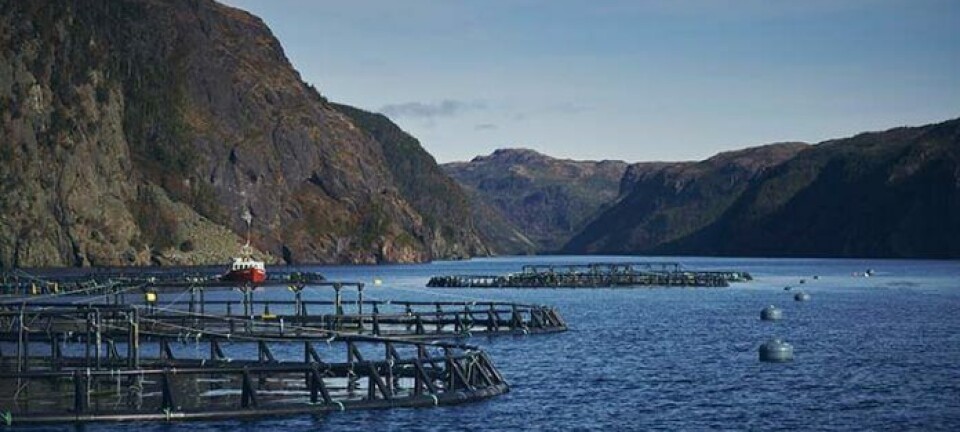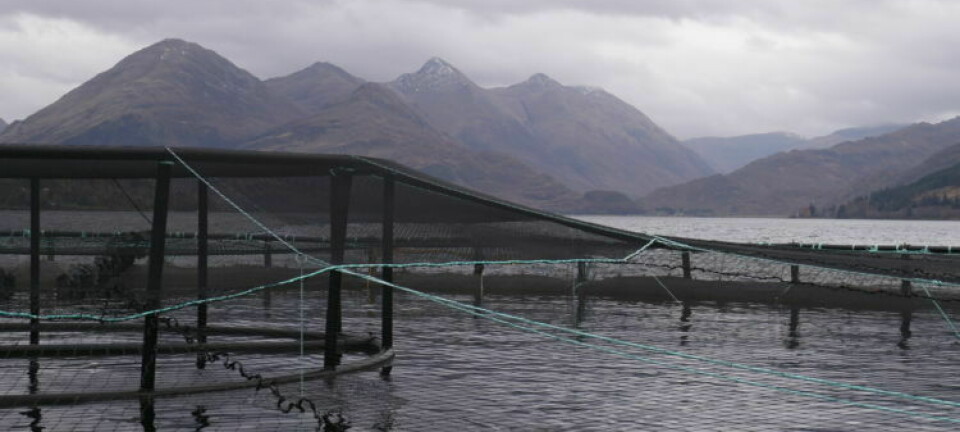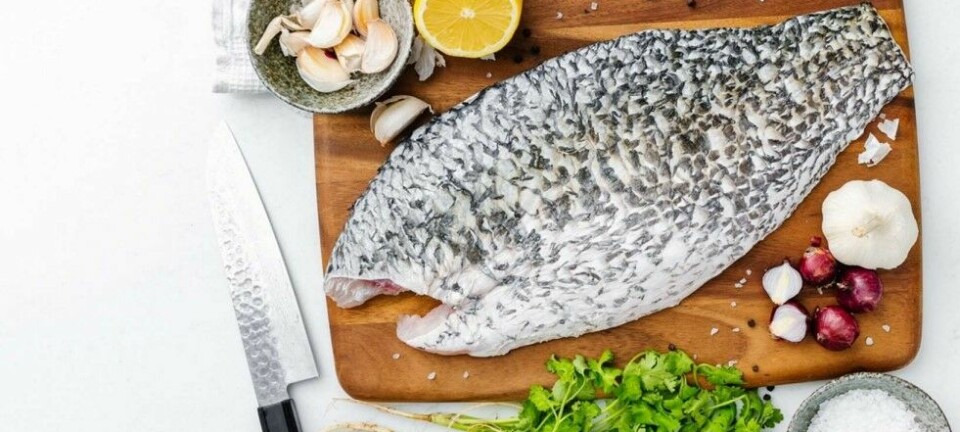
Canadian trout farming goes beyond hobby stage
The industry brings in some CAD$ 36.7 million (~€24 million) in sales each year, a small part of the overall Canadian aquaculture industry, which produces fish and shellfish worth over a billion dollars each year (~€657.4 million). The production is mainly in the five Provinces of Ontario, British Columbia, Quebec, New Brunswick and Nova Scotia, with each producing some 3700, 572, 361, 142 and 113 tonnes, respectively, in 2012. At a recent conference in Ontario, the industry was described by a local producer of eggs and trout for sale to others who grow them to market size, although some of the quotes produced by Skyler Radojkovik of The Post were somewhat inaccurate;
Arlen Taylor, from Cedar Crest Trout Farm, says that fish production and consumption exceeds that of beef in Canada, (this should be for the world-wide picture, but not in Canada- Ed. note) and that Cedar Crest is the largest land-based trout farm in Ontario. “We have a million fish on our farm.” Taylor made these comments at a recent talk she gave at the 2014 Grey-Bruce Woodlot Conference, held in Elmwood.
Taylor, one of the first speakers of the day, explained the workings of a commercial fish farm like the one she works with, as well as giving information and advice for people seeking to stock their own small ponds with fish. She mentioned that Cedar Crest Trout Farms works in co-operation with Blue Springs Trout Farm, which is between Hanover and Durham, Fish Farm Supply Co., Trillium Springs Trout Farm, and Spring Hills Trout Farm. Together, Taylor says that they help make Grey County the rainbow trout fingerling capital of Ontario. Her father has been in the industry since the 1960s. Taylor explained that it is not really possible at a land based operation such as theirs, to raise large amounts of fish to full eating size in artificial ponds. The water in these ponds must be kept at a very specific temperature and oxygen content for the fish to stay alive, and it takes a lot of electricity in order to do that.
The way that their farm business works is that they breed and raise baby trout, which are called fingerlings. It starts with harvesting eggs by hand from mature trout, which are then fertilized and hatched. Then the baby fish go through a series of tanks and ponds according to their size. When they reach the right stage, they are shipped up to Manitoulin Island in a delivery truck with a special refrigerated tank on the back, which is capable of taking 50,000 fingerlings at a time. At the island, they are raised in outdoor pens in lake Huron, and then sold to be eaten.
Currently, Cedar Crest farms produces more than 7 million fingerlings at their operation. Ninety-five per cent of Ontario's production starts right here in Grey County, meaning that much of the trout you can buy in grocery stores started here as an egg. Aquaculture is the world's fastest growing food production activity, and in Canada it is a $70 million industry (Aquaculture in Canada now actually produces over a billion dollars worth of product each year- Ed note). Taylor hoped that this, “Gives a little bit of an idea of what's happening in your own back yard for fish farming... at one of the bigger trout farms in Canada.”
Cedar Crest also raises a variety of species for people who want to stock their own ponds at home. Taylor says that she gets many calls from people curious about what it takes to be able raise fish themselves. She explained that a natural spring fed pond, with a food chain already in place is ideal, with shade from trees, and plenty of insects. Fish are cold blooded and need clean and clear water, with a temperature under 25 Celsius, and a minimum depth of 12 feet. In winter, fish will curl up and hibernate.
Taylor says she recommends rainbow trout as a tougher species, but they also sell brook, speckled and brown trout, and species such as bass and pickerel. The best times to stock fish is in the spring and fall. You also need to make sure that you don't have any fish escape into the wild. Challenges can include maintaining the right conditions for the fish, “It's a bit harder than taking care of a warm blooded animal like a dog.” Predators such as birds will also try to take fish, which can be helped by providing shelter for the trout. As well, there can be what Taylor calls, “human predation”. Because she has 24 pound breeding trout at her operation, there are people who will steal fish and then try to use them to win fishing derbies. However, if the derby operators get suspicious, they can ask to test the genetics of the fish, which will show if it's one of hers.
Cedar Crest Trout Farms also gives tours of their operations, which are available to groups and individuals.























































